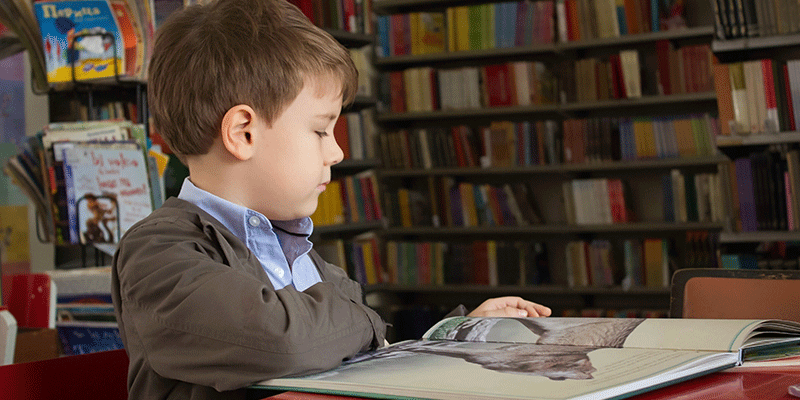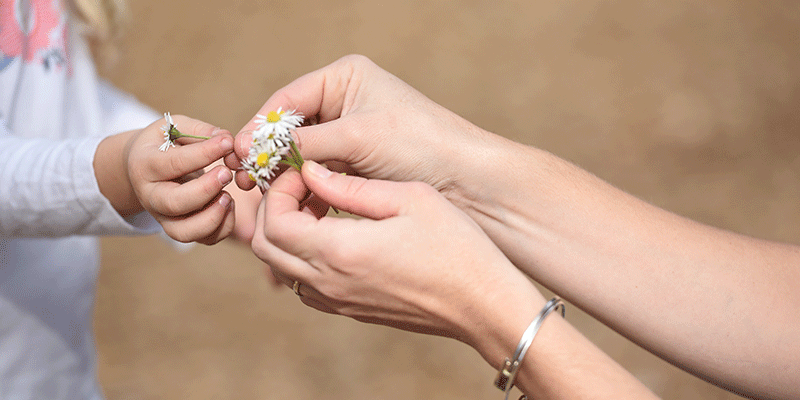
Your Three-Year-Old Child
At age three, your child is developing both the muscular control and the concentration she needs to master many precision finger and hand movements. You’ll notice that now she can move each of her fingers independently or together, which means that instead of grasping her crayon in her fist she can hold it like an adult, with thumb on one side and fingers on the other. Now she will be able to trace a square, copy a circle, or scribble freely.
Because her spatial awareness has developed quite a bit, she’s more sensitive to the relationships among objects, so she’ll position her toys with great care during play and control the way she holds utensils and tools to perform specific tasks.
This increased sensitivity and control will allow her to build a tower of nine or more cubes, pour water from a pitcher into a cup (using two hands), unbutton clothes, possibly put large buttons into buttonholes, and use a fork and feed herself independently, spilling between the plate and her mouth only occasionally.
She’s also extremely interested in discovering what she can do with tools such as scissors and paper and with materials such as clay, paint, and crayons. She now has the skill to manipulate these objects and is beginning to experiment with using them to make other things. At first she’ll play randomly with craft materials, perhaps identifying the end product only after it’s completed.
Looking at her scribbles, for example, she might decide they look like a dog. But soon this will change, and she’ll decide what she wants to make before starting to work on it. This change in approach will motivate her to develop even more precision in moving and using her hands.
Quiet-time activities that can help improve your child’s hand abilities include:
- Building with blocks
- Solving simple jigsaw puzzles (four or five large pieces)
- Playing with pegboards
- Stringing large wooden beads
- Coloring with crayons or chalk
- Building sand castles
- Pouring water into containers of various sizes
- Dressing and undressing dolls in clothing with large zippers, snaps, and laces
You can encourage your child to use her hands by teaching her to use certain adult tools. She’ll be thrilled to progress to a real screwdriver, a lightweight hammer, an eggbeater, or gardening tools. You’ll need to supervise closely, of course, but if you let her help as you work, you may be surprised by how much of the job she can do herself.
Last Updated 11/2/2009
Source Caring for Your Baby and Young Child: Birth to Age 5 (Copyright © 2009 American Academy of Pediatrics)
The information contained on this Web site should not be used as a substitute for the medical care and advice of your pediatrician. There may be variations in treatment that your pediatrician may recommend based on individual facts and circumstances.






